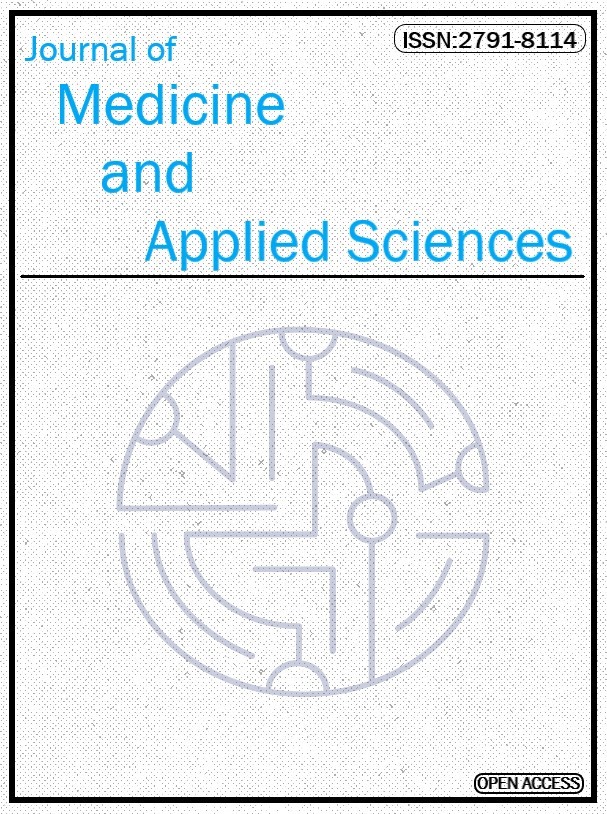About the Journal
Journal of Medicine and Applied Sciences is the scientific, peer reviewed, open access publication. The journal is published three times in a year; on April, August, December and its publication language is Turkish and English.
The aim of the journal is to publish high level clinical and experimental studies conducted in all fields of medicine. Case reports, review articles, technical notes and letters to the editor are also published.
The target population of the journal includes specialists in all fields of medicine, academicians and relevant health care professionals.
No fee is requested from the authors during the evaluation, publication and publishing of the articles sent to our journal. Articles submitted for publication are subject to double-sided blind review by at least two referees.
All manuscripts must be submitted via the online submission system, which is available at www.medappsci.com. The journal guidelines, technical information, and the required forms are available on the journal’s web page.


